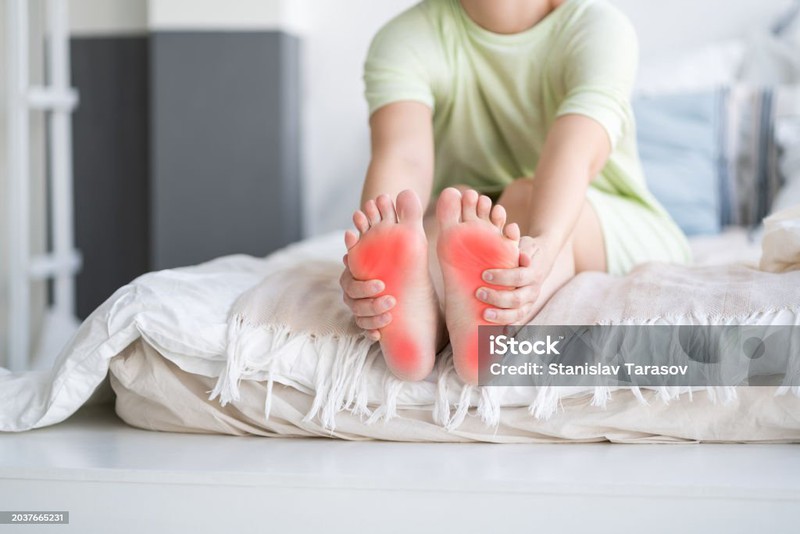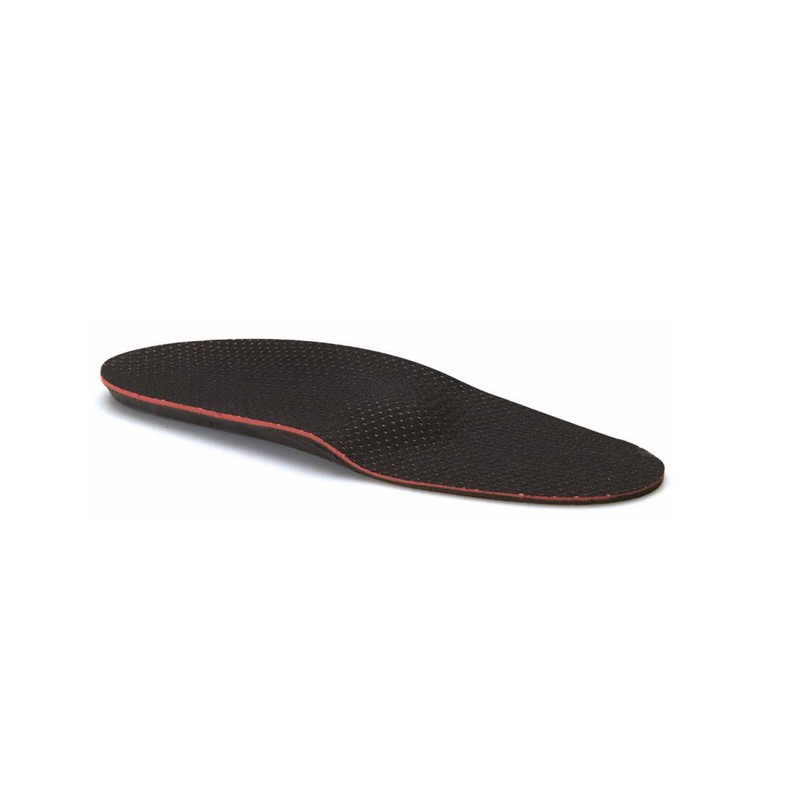Plantar fasciitis, very common in summer
We call "plantar fasciitis" the inflammation of the connective tissue that runs from the calcaneus bone to the toes, called fascia.

Plantar fasciitisis the inflammation of the plantar fascia caused by increased tension in the fascia. The plantar fascia is a very strong membrane of connective tissue that runs from the calcaneus to the heads of the metatarsals; its function is to cushion the impact of walking, jumping or running.
Increased tension can be caused by several reasons. One of the main causes is an incorrect way of walking, for example when the foot is too flat (pronated feet) or, on the contrary, when we have a foot that is more hollow than normal (with an increased plantar arch). It can also be caused by a retraction of the posterior leg muscles, which causes an increase in the tension of the fascia, since both structures are connected by a kind of pulley system which is the Achilles-calcaneal-plantar system.
The type of people who suffer from this problem are middle-aged and overweight, who usually endure tractions greater than the normal resistance of the fascia. Also young athletes due to constant trauma such as runners, dancers, jumpers, etc.
You do not have to be very active to develop Plantar Fasciitis, sometimes being overweight and certain jobs that involve standing for long periods of time and pregnant women, predispose to this condition.
The main symptom of plantar fasciitis is an intense pain in the heel when getting up in the morning, since the fascia at rest at night becomes shorter and pulls when walking, increasing its tension. After taking a few steps the intensity of the pain decreases. On other occasions, pain in the plantar arch appears and patients feel that the sole of the foot is pulling. When fasciitis progresses, it can hurt at any time of the day and be limiting for sports practice.
The pain is mechanical, it can be unilateral or bilateral and a differentiated diagnosis must be made with the inflammation of the fat pad (metatarsalgia) that has a similar clinical picture to fasciitis.
The key is to reduce the tension in the plantar fascia and not just focus on the symptoms. Custom insoles are recommended to support the plantar arch, reduce the tension of the plantar fascia, relax the posterior muscles of the leg and cushion the heel. Or, failing that, insoles with anti-impact discharges. In addition, in the phase of greatest pain we recommend rest, local anti-inflammatories and physiotherapy treatments with Pediroller to reduce the inflammation of the fascia.






Our customers trust us
Receive our news